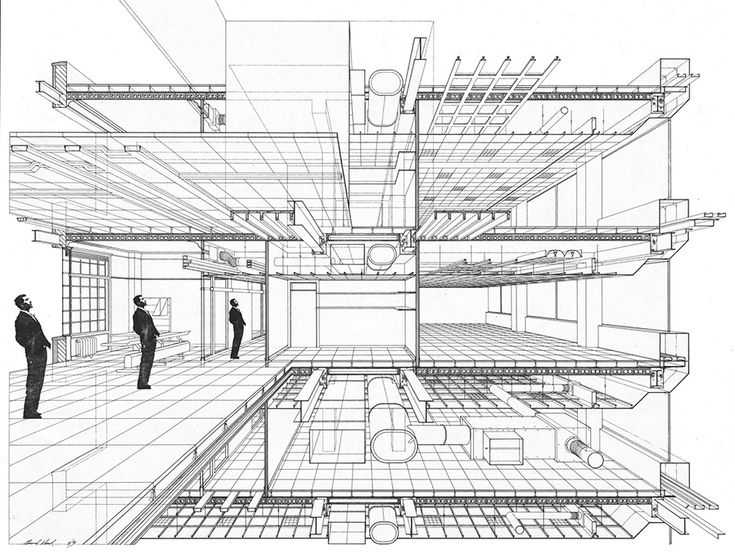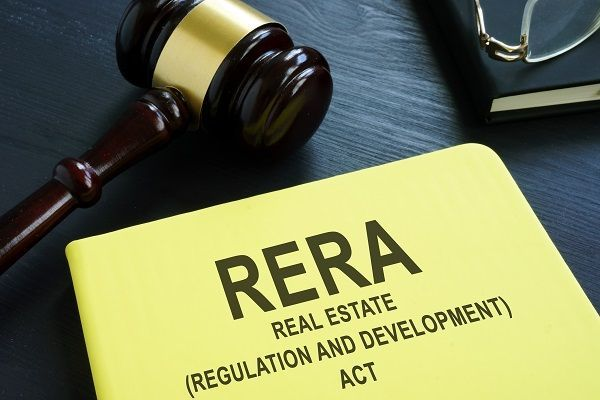Introduction: When Creativity Meets Courtrooms
As architects, we often obsess over design — not documentation.
But most career-ending mistakes aren’t about creativity.
They’re about contracts, compliance, and carelessness.
Whether you’re an independent architect or running a full-fledged firm, understanding legal landmines is not optional anymore. It’s essential.
Let’s unpack the most common legal traps architects fall into — and how you can dodge them like a pro.
1. Signing Projects Without a Contract
Sounds obvious, right? Yet many architects still begin projects with just a verbal agreement or an email.
● No scope of work defined
● No fee structure or payment schedule
● No clause for revisions, overruns, or termination
● No legal fallback in case of non-payment
📌 Trap: You become legally vulnerable if the client delays or denies payment — or worse, misuses your drawings.
✅ Avoid it: Always use a written contract signed by both parties, even for small projects.

2. Using “Borrowed” Drawings or Concepts
Taking inspiration is fine. Copy-pasting isn’t.
● Many architects reuse competitors’ details, or Pinterest-style elevations, or plans shared by clients.
● You could be sued for copyright infringement — even if it’s just a façade design.
📌 Trap: Using unlicensed material (CAD blocks, renders, code from other firms) can invite legal action.
✅ Avoid it: Create original work or use royalty-free licensed resources. Always credit collaborators.
3. Sharing Your COA License or Rubber Stamp
This is one of the most dangerous — and surprisingly common — traps.
● Some firms or friends ask you to “just stamp the drawing” to speed up approvals.
● You never visited the site or checked the drawings.
📌 Trap: You’re legally liable for any failure in that project — even if you didn’t design it.
✅ Avoid it: Never lend your license. Period. It’s a criminal offense under the Architects Act 1972.

4. Overstepping Regulatory Knowledge
Architects are expected to understand local bylaws, fire codes, RERA, NBC norms, etc.
But…
● You assume the contractor or client will “manage the approvals.”
● You skip checking FSI calculations, setbacks, or permissible height.
● You don’t account for green building norms or accessibility laws.
📌 Trap: You could be held liable for illegal construction, especially in RERA projects.
✅ Avoid it: Stay updated with building regulations. Consult legal or approval consultants when needed.
5. Lack of Structural Coordination
You submit drawings to the client without coordinating with the structural or MEP consultants.
Result?
● Site errors, clashes in services, unsafe designs.
● The blame — and legal liability — often lands on you, not the engineer.
📌 Trap: Courts often assume the architect is the prime consultant unless otherwise stated.
✅ Avoid it: Always cross-check consultant drawings. Include coordination notes in your contract.

6. Delayed Project Completion Without Protection
Sometimes delays happen due to:
● Contractor inefficiencies
● Client-induced design changes
● Material shortages or budget delays
If you don’t have time clauses or extension protection in your contract…
📌 Trap: You could be sued for professional negligence or made to refund fees.
✅ Avoid it: Add clauses for delays beyond your control, and define timelines per stage.
7. Not Registering Under RERA (Where Applicable)
If you’re designing for a developer or large residential project, you may be classified as a project consultant under RERA.
● Your name appears on the RERA application
● Your drawings are considered part of the legal approval
● If there’s buyer litigation, you can be summoned as part of the project team
📌 Trap: You’re legally responsible even if you worked only on design.
✅ Avoid it: Ensure your role in RERA filings is documented and limited unless you choose to be fully liable.

8. Verbal Revisions = Unlimited Free Work
Without a written record of:
● Design iterations
● Extra site visits
● Scope changes
● Add-ons requested mid-project
You may find yourself working far beyond what you were paid for.
📌 Trap: Clients assume all changes are part of your original contract unless stated otherwise.
✅ Avoid it: Use change orders, revision logs, or re-quote documents every time the scope changes.
9. No Site Supervision Clause
Many architects skip supervision. But if your name is on the approval drawings, and the site deviates…
● The client blames the architect.
● The authorities hold you accountable.
● You may lose your license under COA norms.
📌 Trap: Absence of site supervision does not exempt you from legal accountability.
✅ Avoid it: Clearly mention your supervision role (or lack thereof) in your agreement.
10. Lack of Payment Security
You complete the project — but the client delays or disputes payment.
You have no leverage, no written escalation plan, and no penalties.
📌 Trap: Without structured payment terms, your fees can be delayed indefinitely.
✅ Avoid it: Add clauses like:
● Advance + milestone-based payments
● Late fee penalties
● Ownership of drawings until full payment

11. Ignoring Professional Indemnity Insurance
If you make an error — design, structural, or legal — and are sued, your personal finances may be at risk.
📌 Trap: No insurance = No protection. A single case can wipe out your savings.
✅ Avoid it: Take professional indemnity insurance, especially for high-rise, public, or real estate projects.
12. Not Defining Ownership of Design & Drawings
Who owns your drawings — you or the client?
What if they give your plans to another architect for execution?
📌 Trap: Without ownership clauses, clients may reuse, replicate, or modify your designs.
✅ Avoid it: Add IP protection clauses. Include:
● Design belongs to the architect unless fully paid
● Cannot be copied, reused, or modified without consent
● Use watermarks or digital protection
Final Thoughts: Protect Yourself Before You Design for Others
Being an architect today is not just about aesthetics — it’s about accountability.
You’re not just drawing buildings — you’re signing off on safety, legality, and financial risk.
And clients, builders, and authorities won’t forgive ignorance.
🧠 Build smart. Design beautifully. Protect legally.
Need Help Drafting Contracts, Protecting Your License, or Structuring Your Studio Legally?
Whether you’re a solo architect or running a growing design firm, I can help:
● Draft airtight architecture contracts
● Protect you from COA and RERA liabilities
● Structure scope, supervision, and IP rights
● Turn your process into a legal fortress
📩 contact@mishulgupta.com
📱 +91-94675-99688
🌐 www.mishulgupta.com
